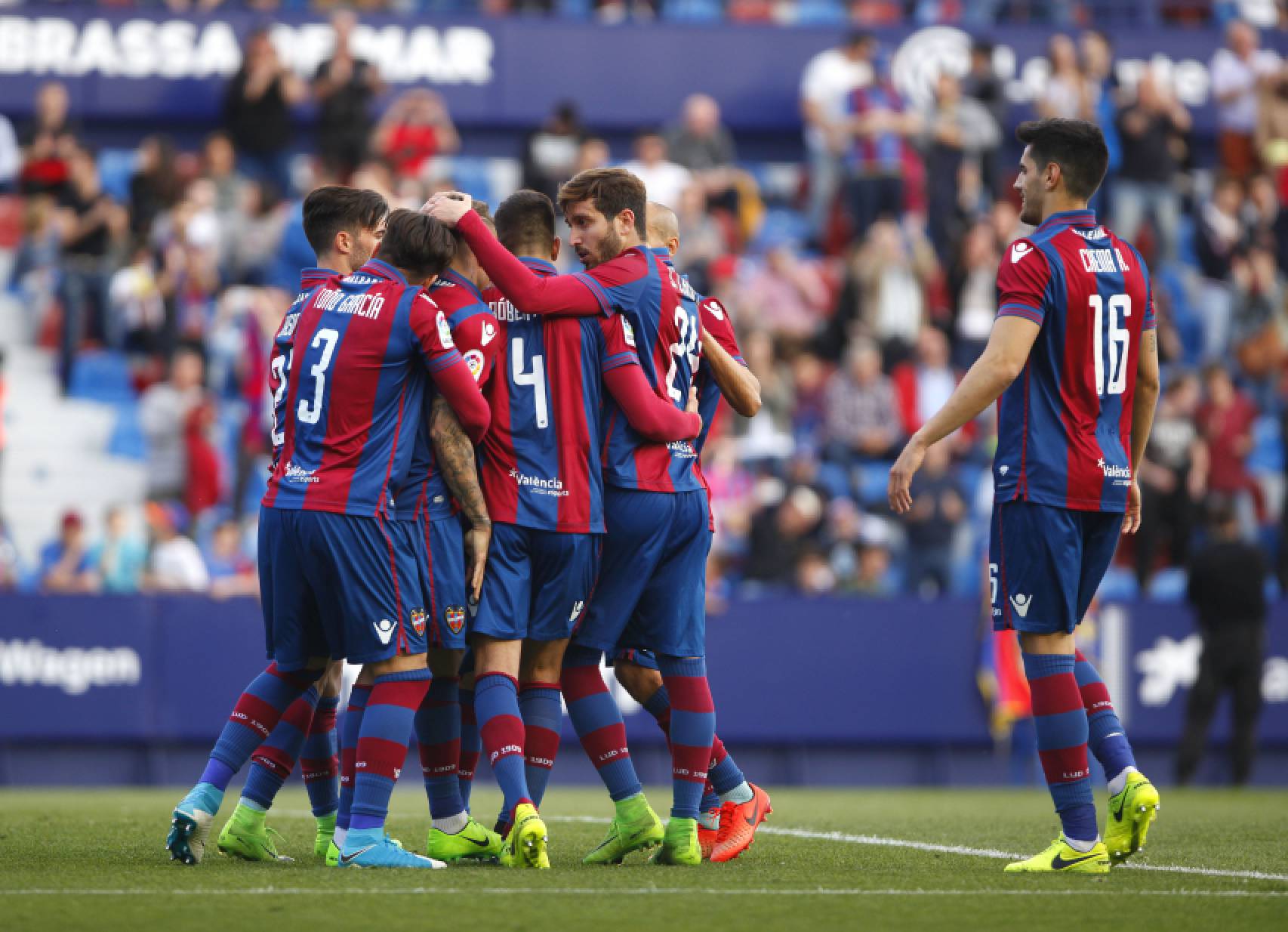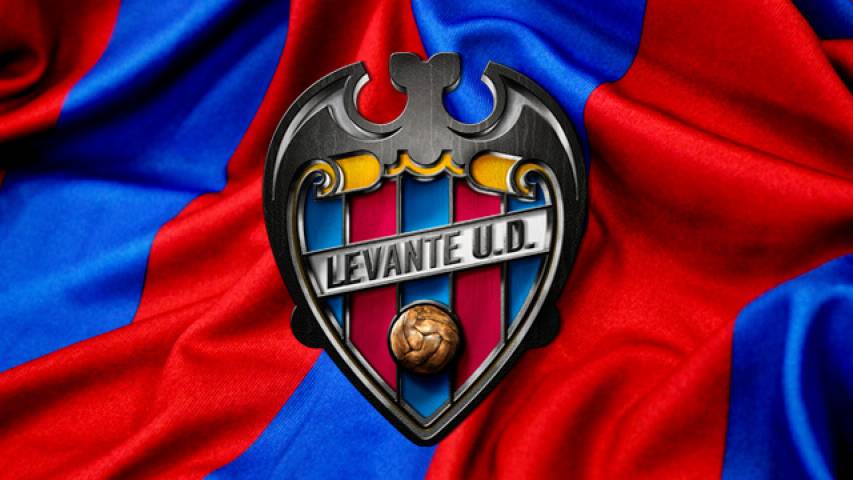Levante UD (also called Llevant Unió Esportiva, in Valencian) is a Spanish soccer club, in Santander League. In 1909 the Levante Fútbol Club and the Gimnástico Fútbol Club were founded, coinciding with the founding of the Valencian Federation of Soccer. Both merged in 1939 with the name of Levante-Gymnastic Sports Union, renaming Levante Unión Deportiva in 1941. The team takes the name of Levante Beach, where its field of play was located at the beginning of the XX century. In the last years it has stood out for being the second team of Valencia, and has been supported by wealthy businessmen, however, due to its origins in the maritime district it has always been cosidered the Cabanyal team.
Early years
Levante UD was founded in 1909 as Levante Fútbol Club, taking its name from the Levante beach in La Malvarrosa, and was one of the pioneering football clubs in Valencia. Local rivals Valencia CF was not formed until 1919, however another club, Cabanyal FC, had been playing in the city since 1903.
Levante’s earliest games were played at La Platjeta, near the docks on a plot of land owned by a perfume entrepreneur. Its next ground was also near the port area, and the club gradually began to become associated with the working class. In 1919, the side played Valencia for the first time, losing 0–1; the game marked the inauguration of the recently formed new ground at Algirós. In 1928, Levante FC won its first trophy, the Valencian Championship.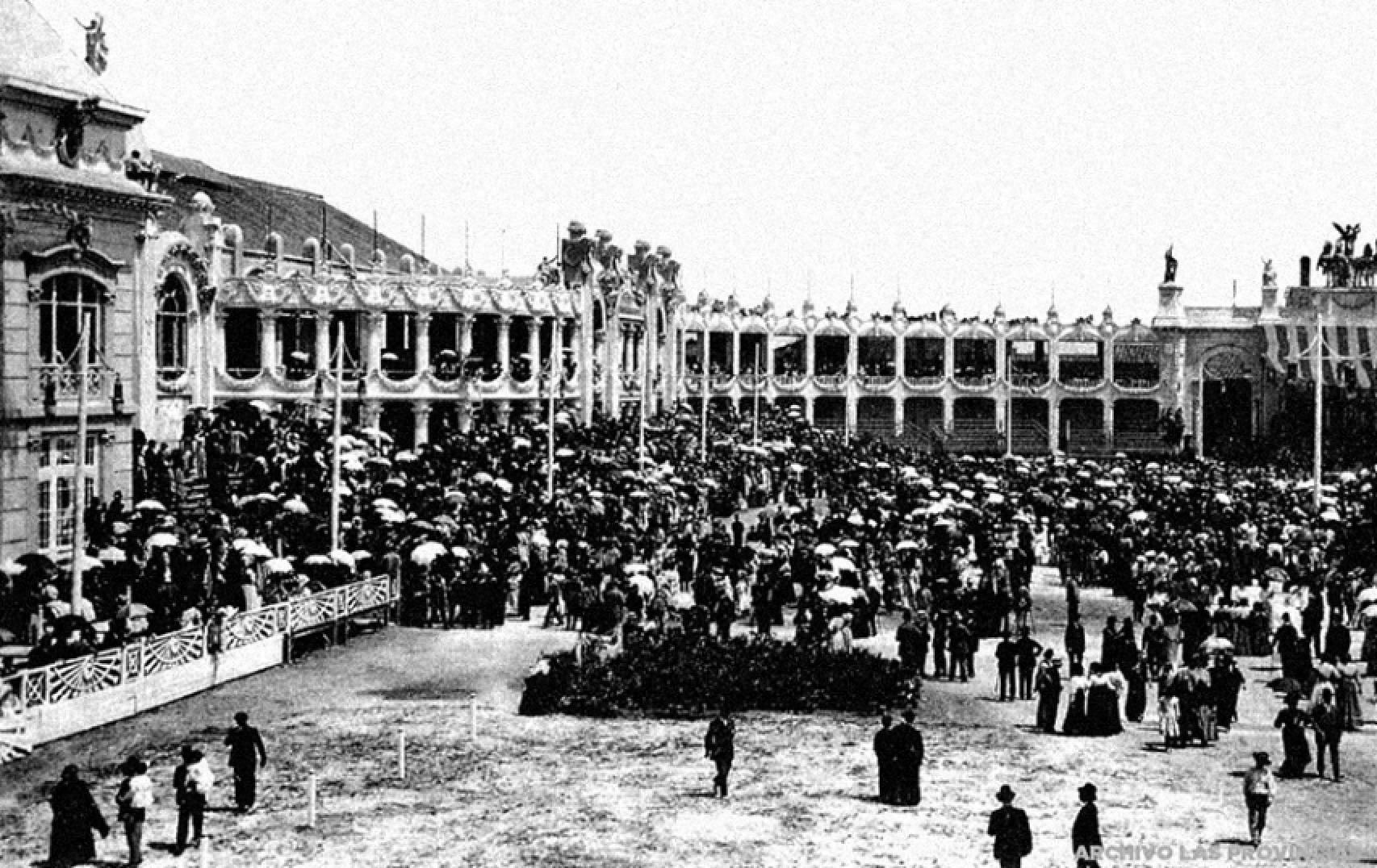
1909 also saw the birth of Gimnástico Fútbol Club, which originally played at Patronato de la Juventud Obrera, being then named Universitario Fútbol Club. By 1920, the team had become Real Gimnástico Club de Fútbol, after being granted royal patronage by Alfonso XIII. In 1920, Gimnástico also reached the final of the Campeonato de Valencia, but the game was never played; in 1930, with the emergence of the Second Spanish Republic, the club dropped the Real from its name.
In 1934–35, both Levante and Gimnástico debuted in the second division, when the league was expanded from 10 teams to 24. In 1935, Levante won the Campeonato Levante-Sur, a competition that featured teams from Valencia, Murcia and Andalusia, and subsequently reached the semi-finals of the Spanish Cup, consecutively beating Valencia and Barcelona before losing to eventual runners-up Sabadell.
Copa de la España Libre
During the Spanish Civil War, Levante and Gimnástico played in the Mediterranean League, finishing fifth and sixth respectively – teams from this league also competed in the Copa de la España Libre («Free Spain Cup»). It was originally intended that the top four teams from the league would enter the cup, but Barcelona opted to tour Mexico and the United States, and as a result, Levante took its place.
The first round of the competition was a mini-league with the top two teams, Levante and Valencia, qualifying for the final. On 18 July 1937, Levante defeated its city rivals 1–0 at the Montjuïc.
The merger
During the Civil War, Levante’s ground was destroyed, but the club’s squad remained intact. In contrast, Gimnástico had a ground, Estadio de Vallejo, but had lost most of their players. As a result, the two clubs merged in 1939 to become Unión Deportiva Levante-Gimnástico, changing two years later to Levante Unión Deportiva, which club colours in the 2000s also dating from this era (the blaugrana home colours were originally those of Gimnástico, while the black and white away kit, was also used by Levante in the beginning).
La Liga
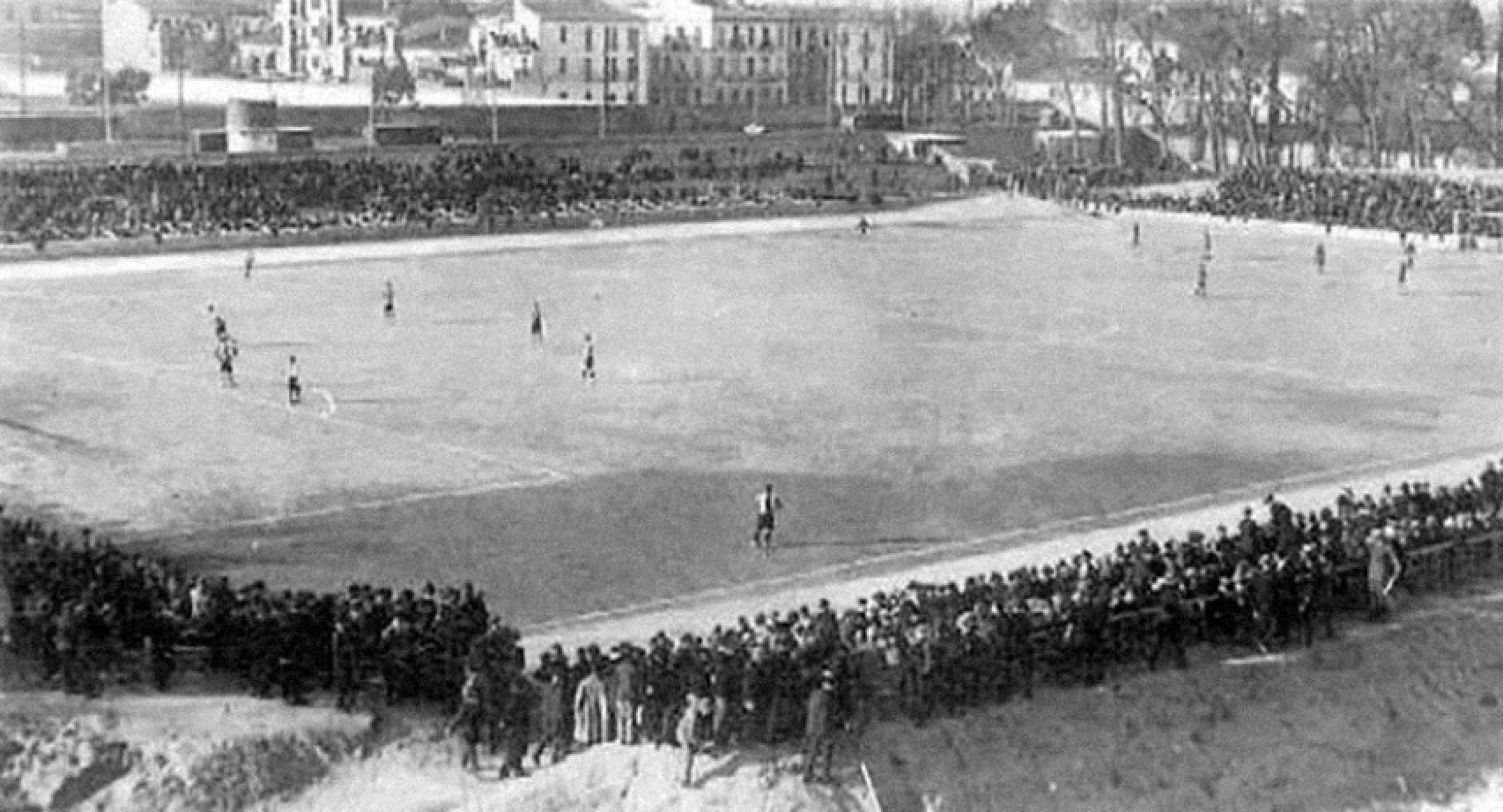
After winning 2003–04’s second division, Levante returned to the top level but survived only one season. Finishing third in 2005–06, it returned for two additional campaigns, the decisive match in the 2006–07 season being a 4–2 home win against Valencia courtesy of Riga Mustapha (two goals), Salva and Laurent Courtois.
Levante’s financial status worsened, however, and there were reports that the players had only received approximately one-fifth of their contractual payments. News reports stated that the club had incurred a debt of over €18 million in payments due to its players. The team plummeted down the standings, and it was confirmed that the club would be playing in the second division in 2008–09, with several matches to go. The players protested at their lack of payments at one point, refusing to move for several seconds after the opening whistle against Deportivo and later announcing that they would issue a job action during the season-ending game at Real Madrid.
The action was resolved when league officials announced that a benefit game would be played between Levante team members, and a team made up of players from the first division, with all benefits going to pay the wages due to the players.
On 13 June 2010, Levante returned to La Liga after a 3–1 home win against already relegated Castellón. It lost in the final round 0–4 at Real Betis, but its opponents only managed to finish with the same points as fourth.
Under the manager who led the team back to the top flight, Luis García Plaza, Levante finally retained its division status in the 2010–11 season. During one point of the league’s second round of matches, Levante was in third position in the Liga table, only behind Barcelona and Real Madrid after losing just once in 12 games, against Real Madrid.
On 26 October 2011, during round nine of the season, Levante defeated Real Sociedad 3–2 to move top of the table with 23 points. It was the first time in the club’s history it reached the highest ranking in the top division. In the process, it recorded seven-straight wins after drawing its first two games. The club eventually finished in sixth position after defeating Athletic Bilbao 3–0 at home in its last match, thus qualifying for the UEFA Europa League for the first time in its history.
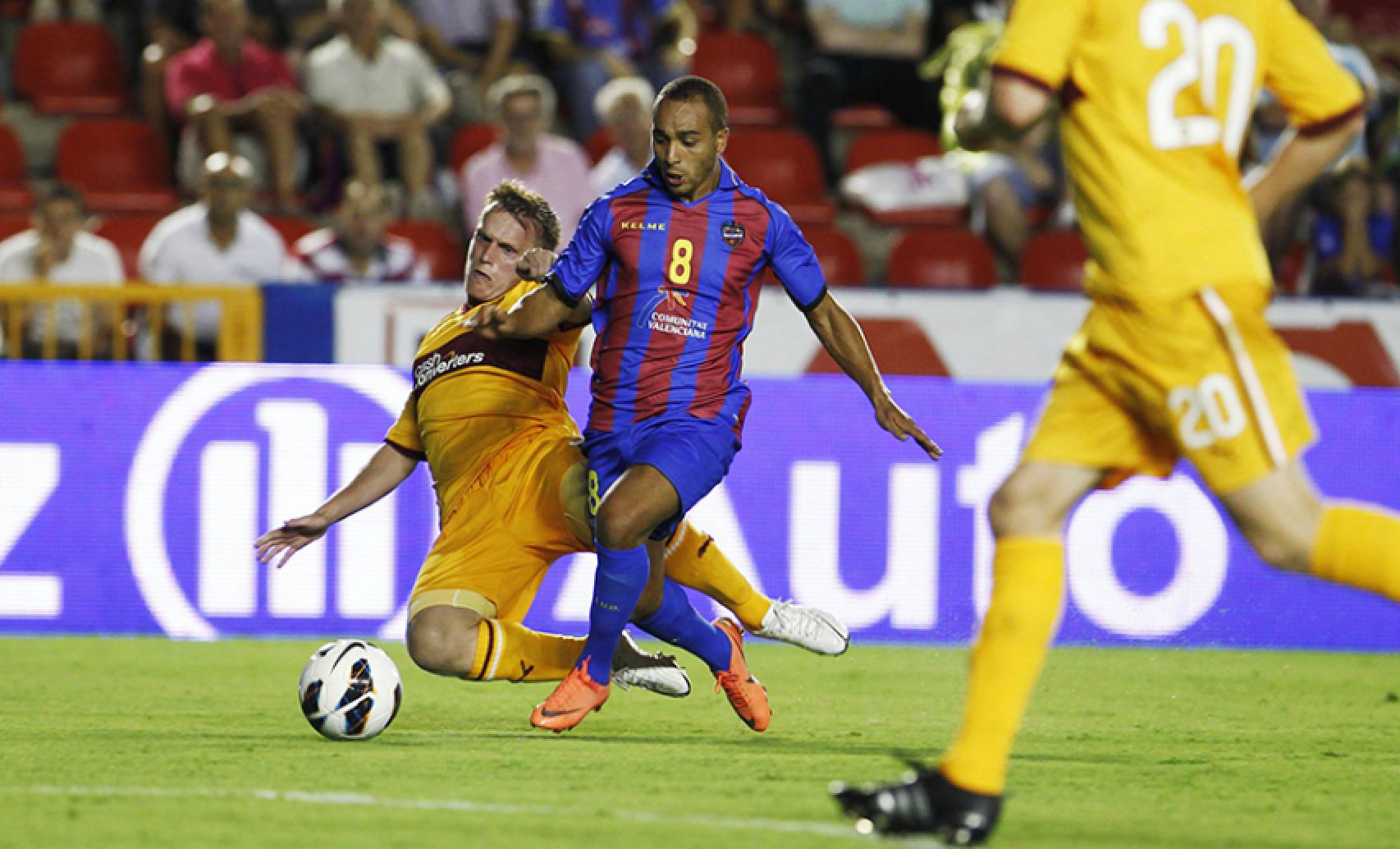
After the relegation in 2015 a change in the sport management , Manolo Salvador leaves his post after 6 years as sport manager and Levante signs up Vicente Blanco «Tito», ex-player of the club as a substitute. Tito heads the new project of squad renewal where the priority objective is the return to the maximum category. In June of 2016 the asturian technician file is found, Juan Ramón López Muñiz.
The season begins with victories against Numancia and Alcorcón so soon the team is in the high position of the table. After win in the fixture 4 against Zaragoza at home (4-2). Levante is placed as the leader of the silver division, position that it does not leave throughout the season, thanks to its regularity and defensive soudness and making the Ciutat de Valencia a real fief, staying undefeated in it (15V 3E).
The distance between Levante and the rest of the teams increased until they could mathematically certify their promotion with 6 fixtures to go, with a home victory against Real Oviedo (1-0) with the historic of Sergio Postigo after a corner kick.
Levante returned to the top category after a year in the silver division.
